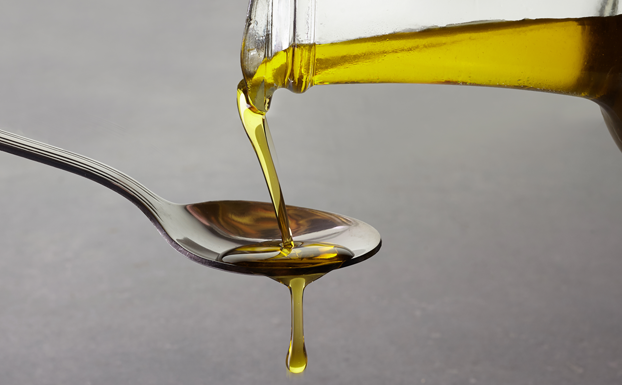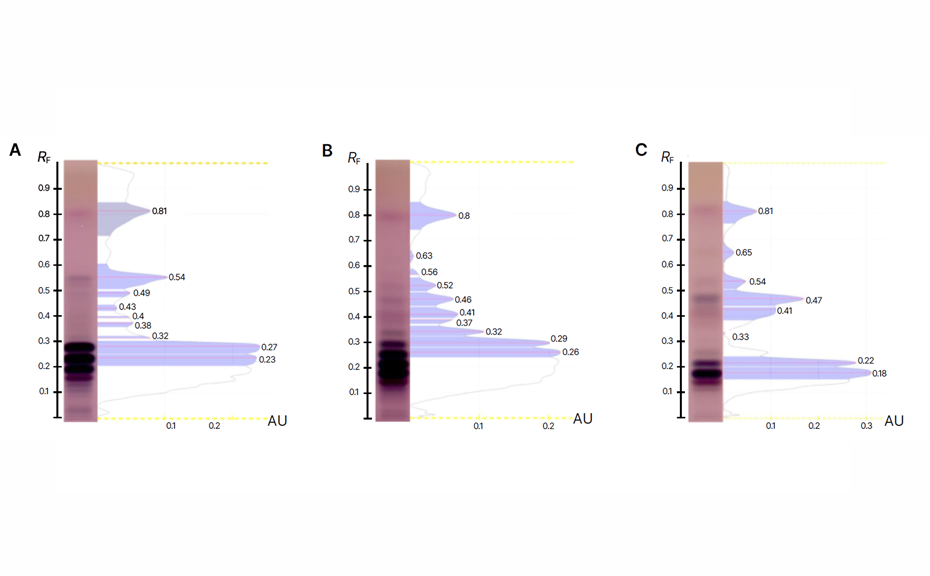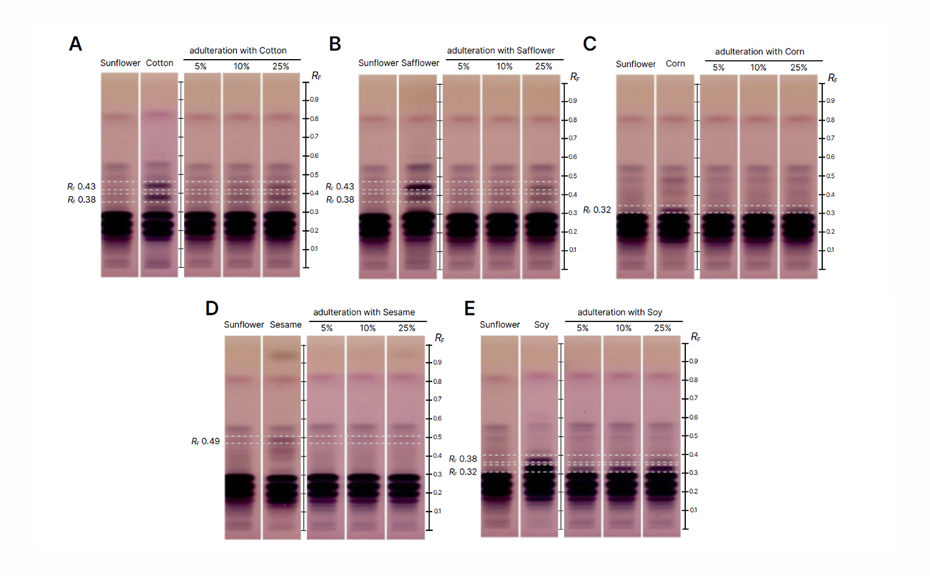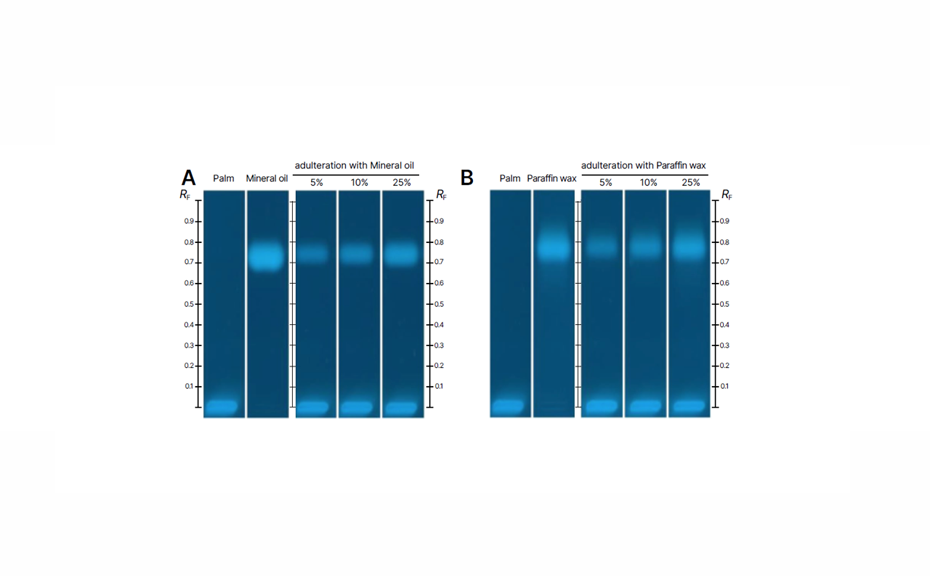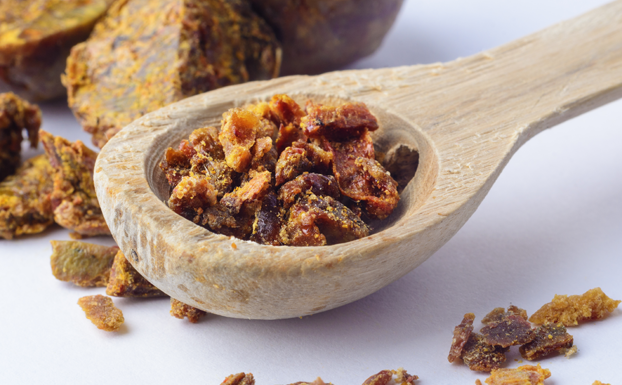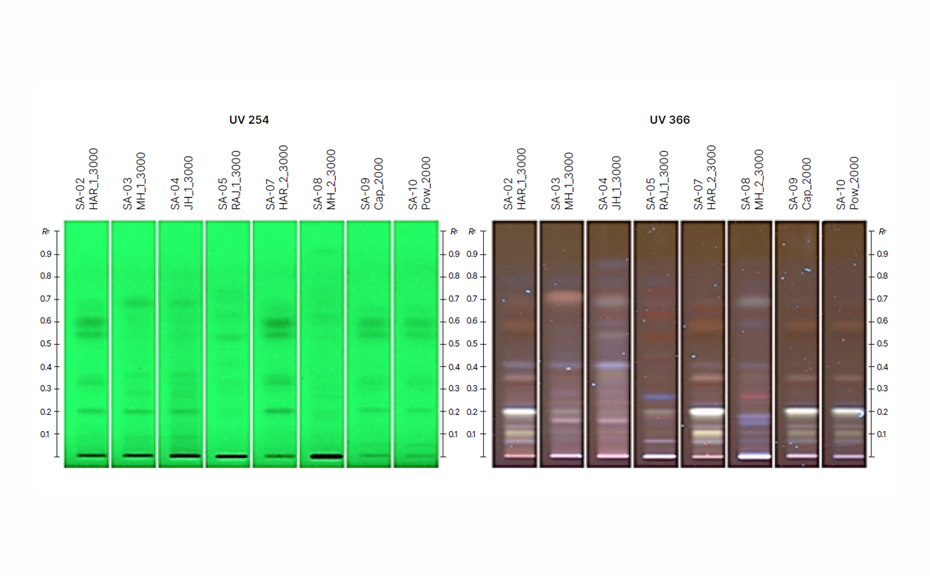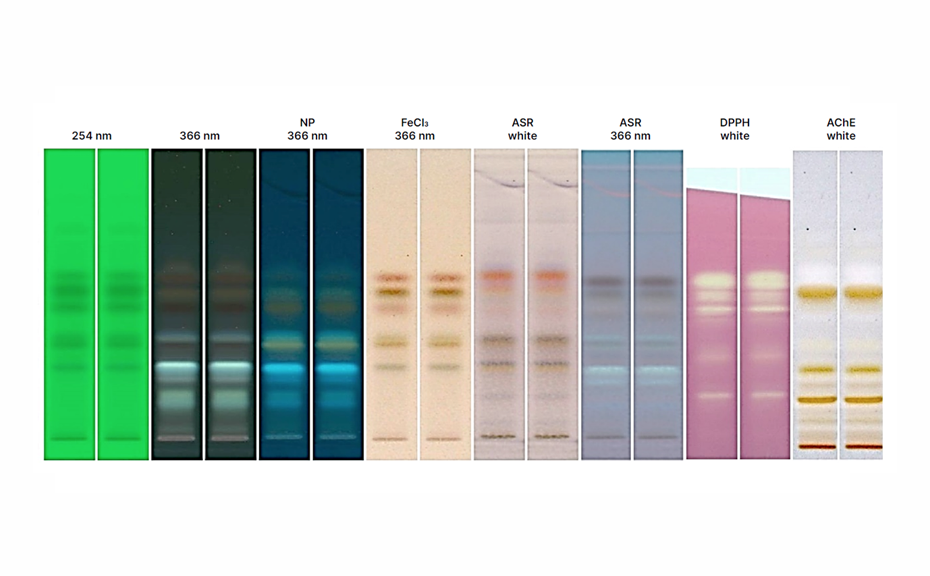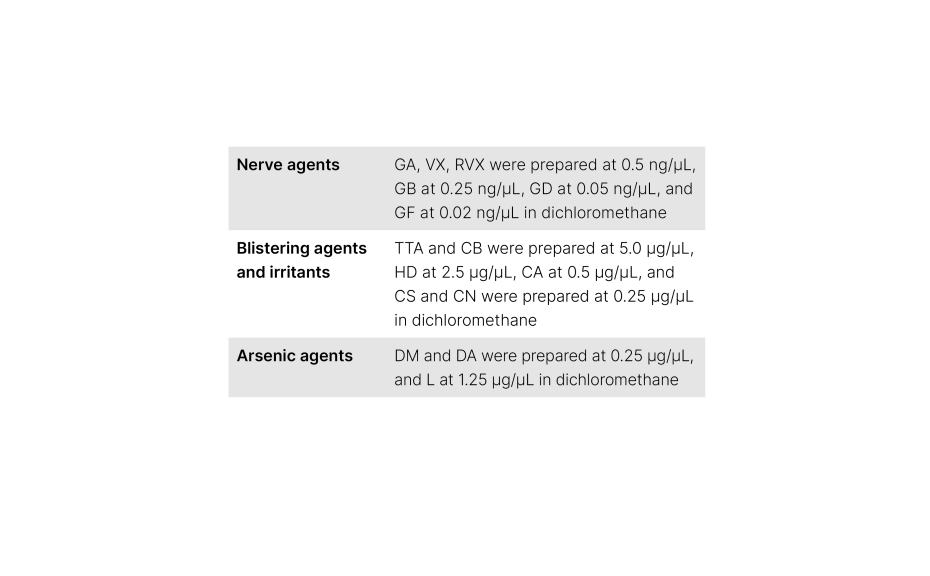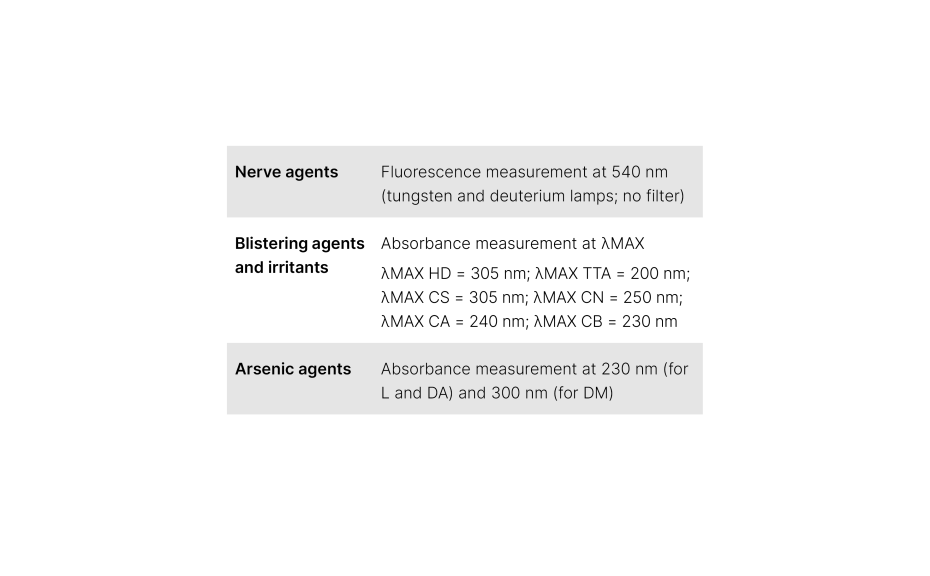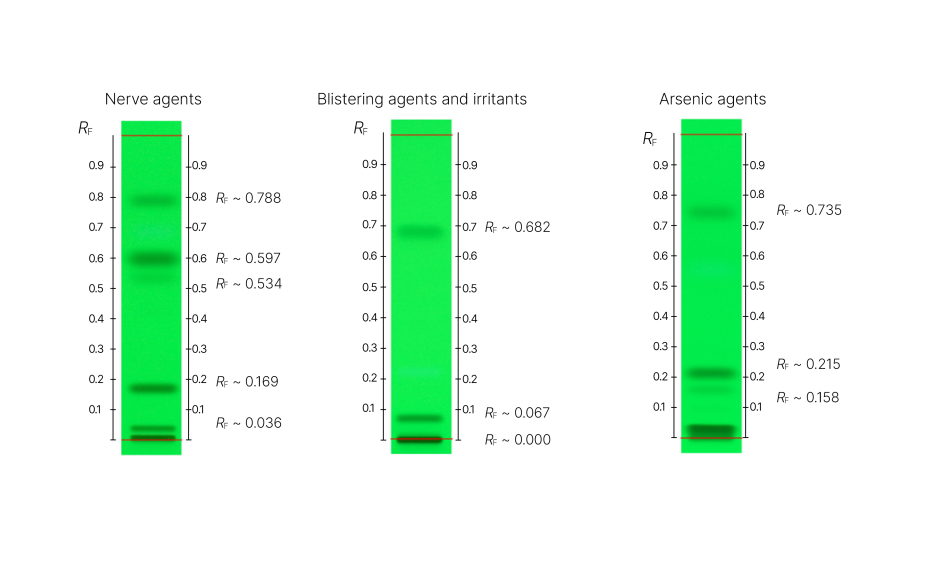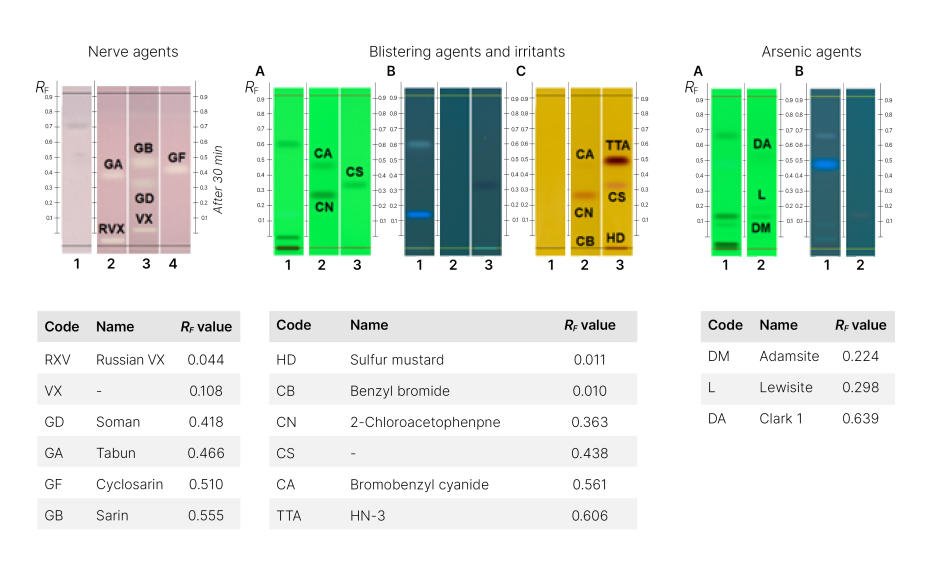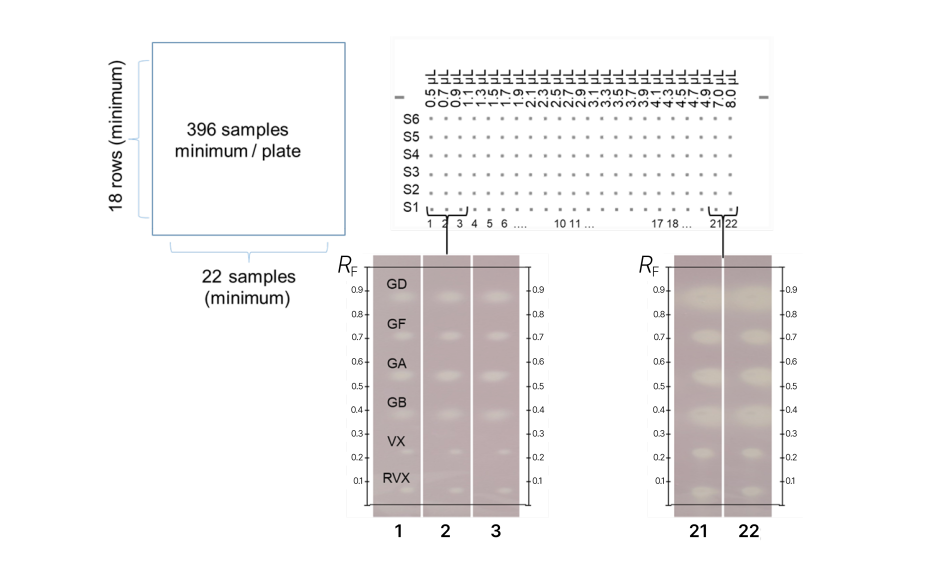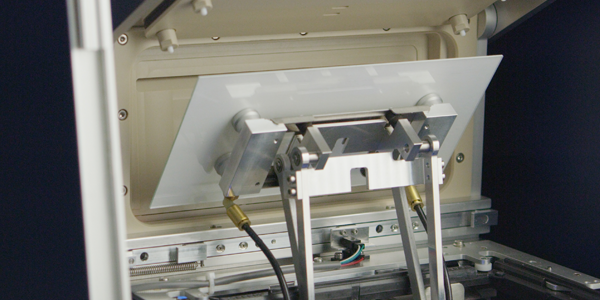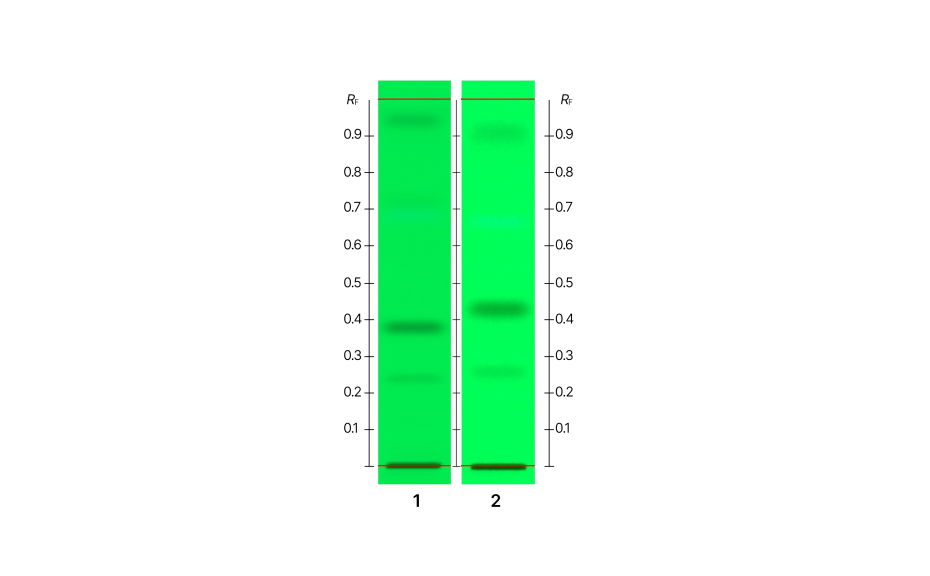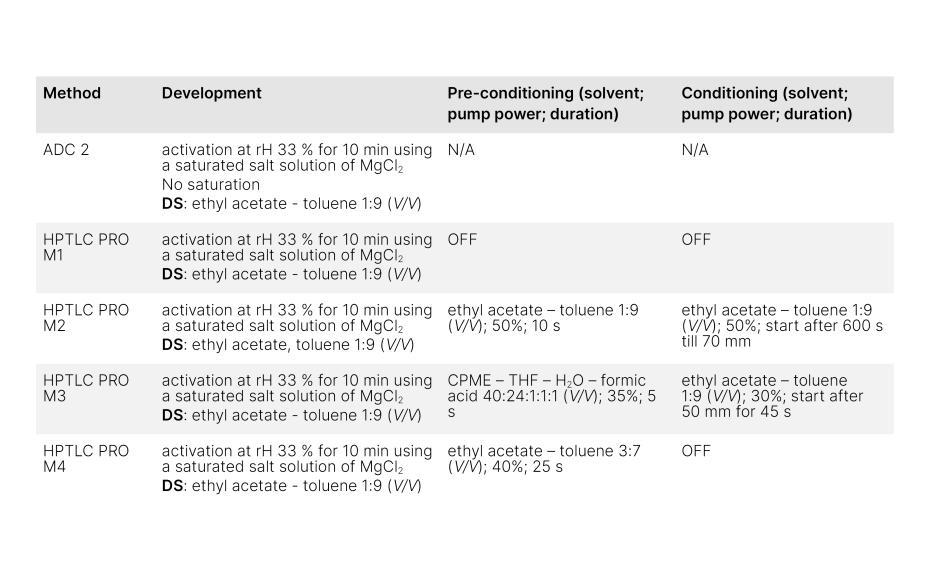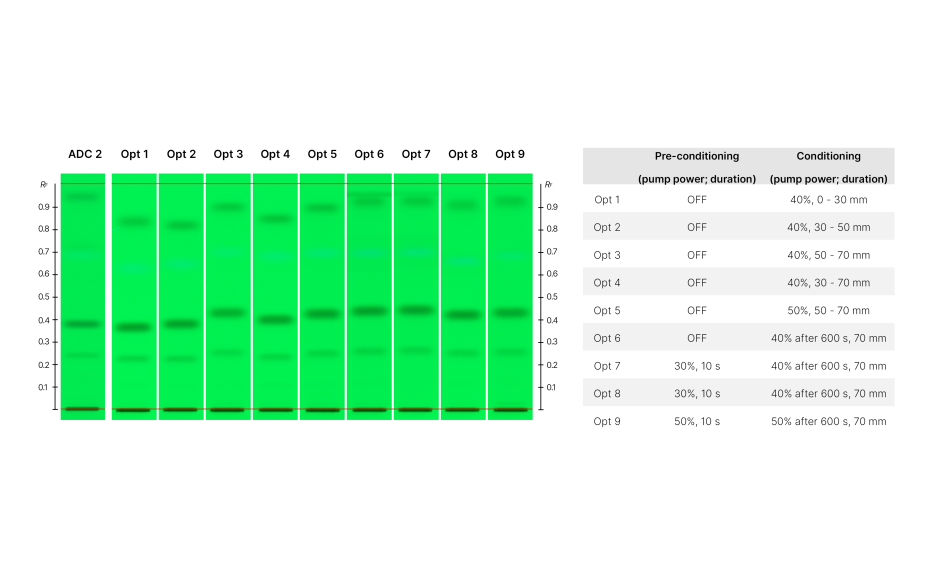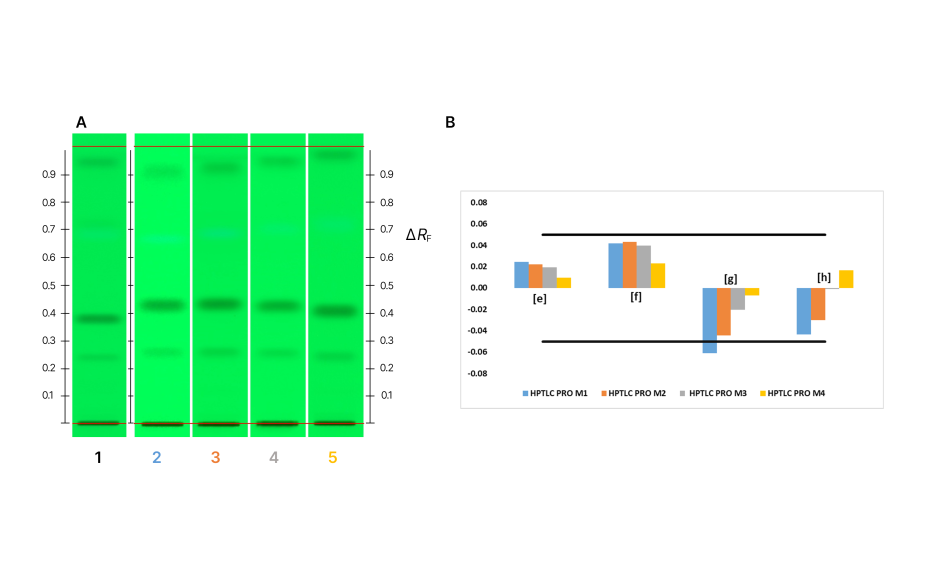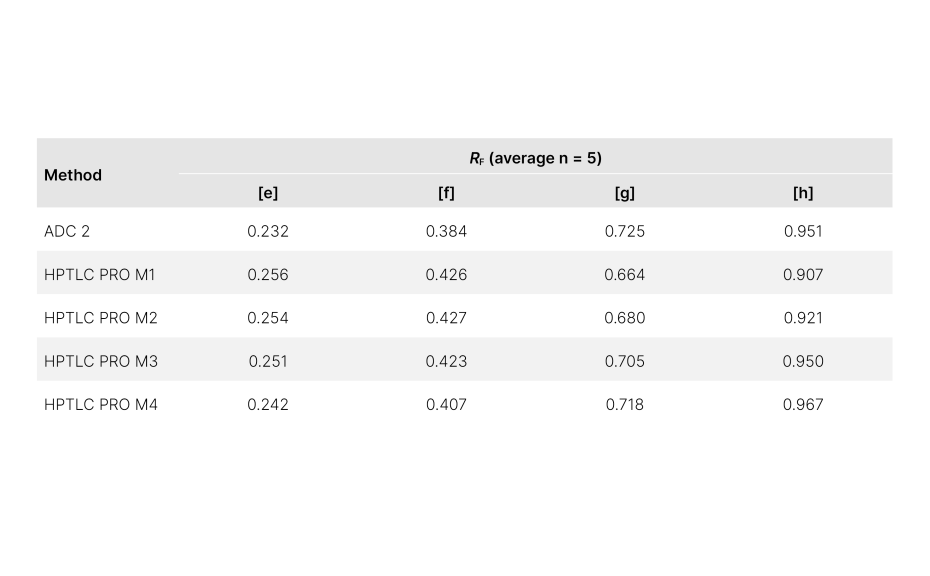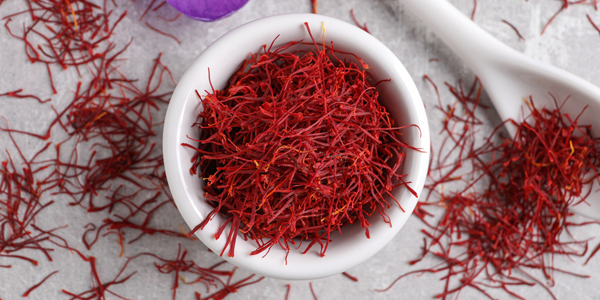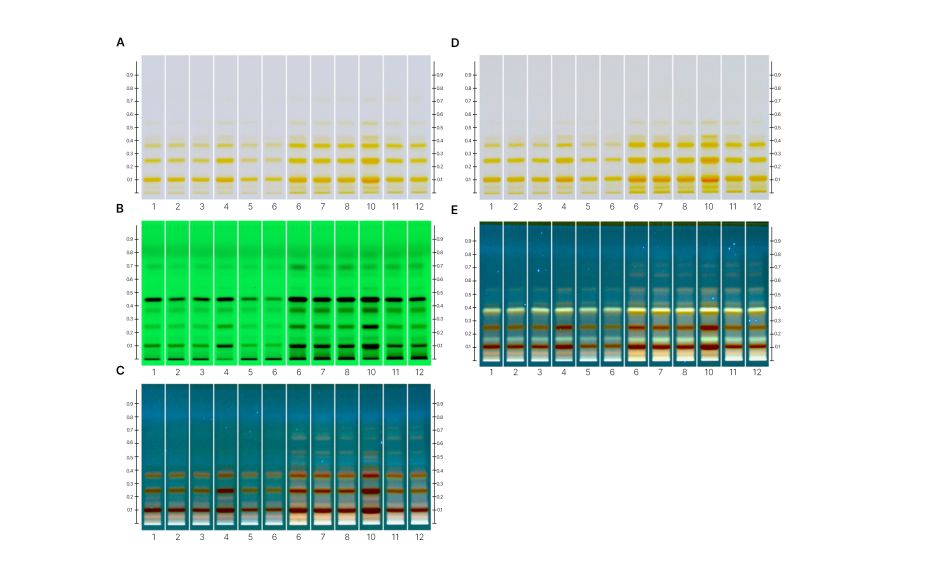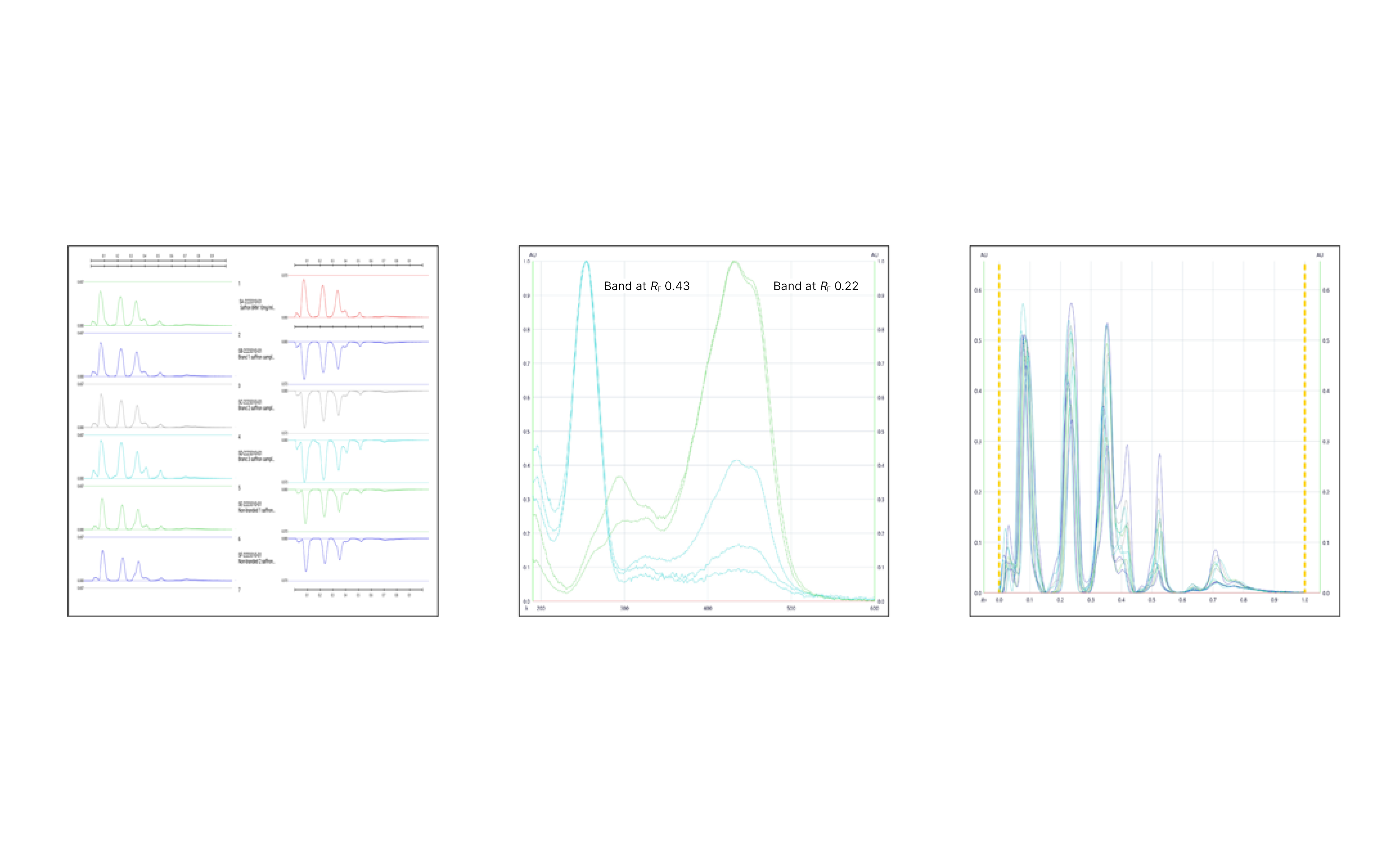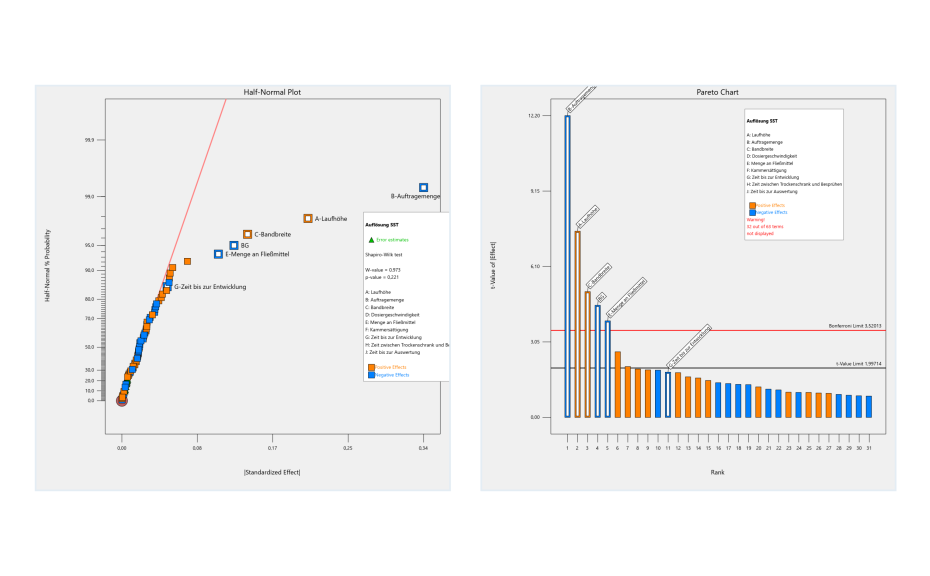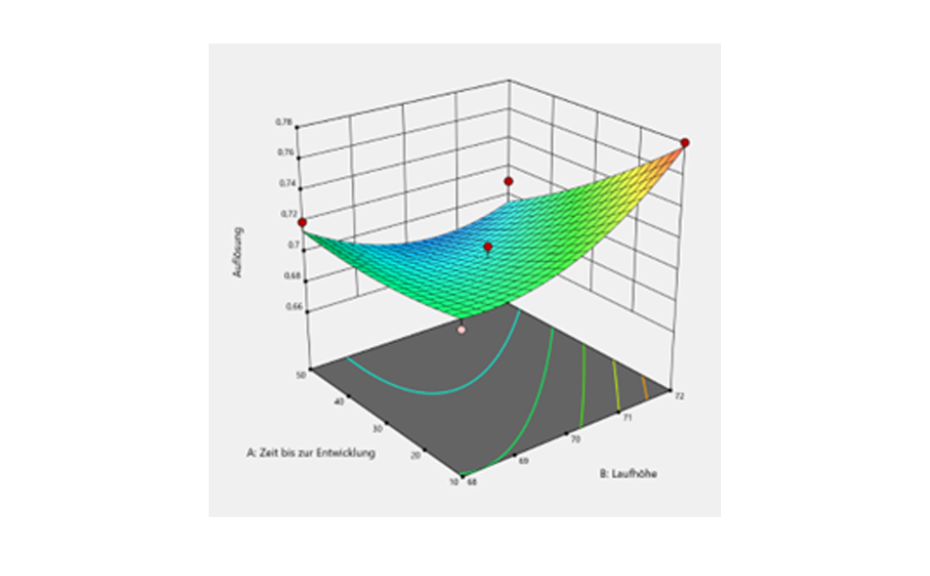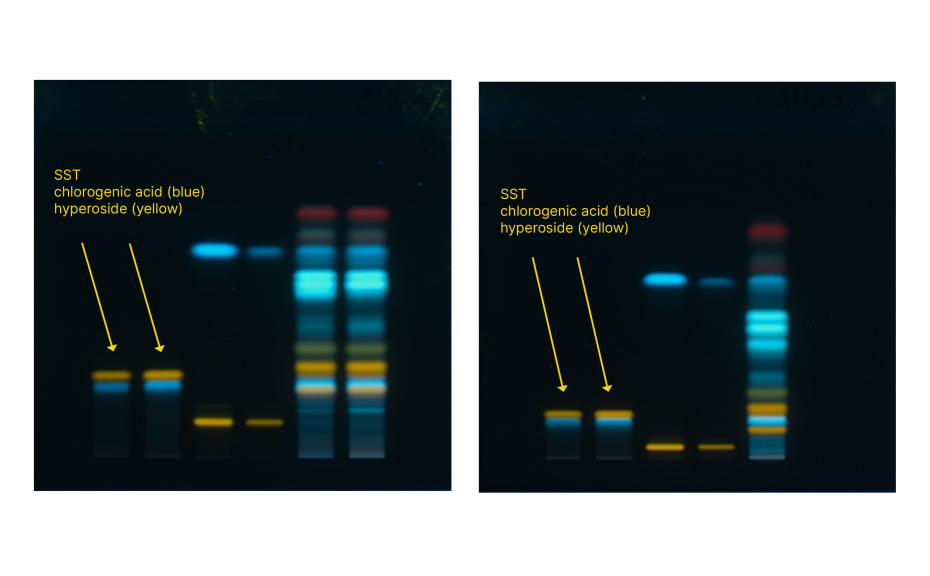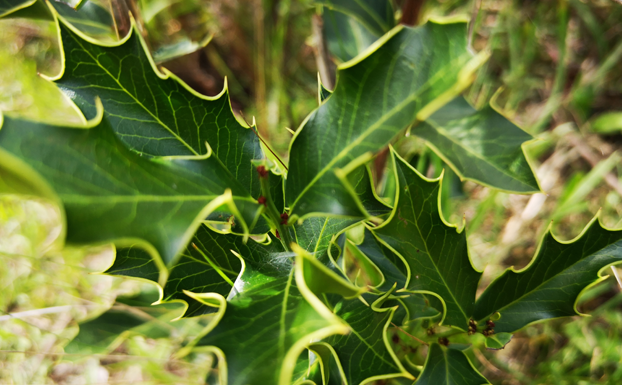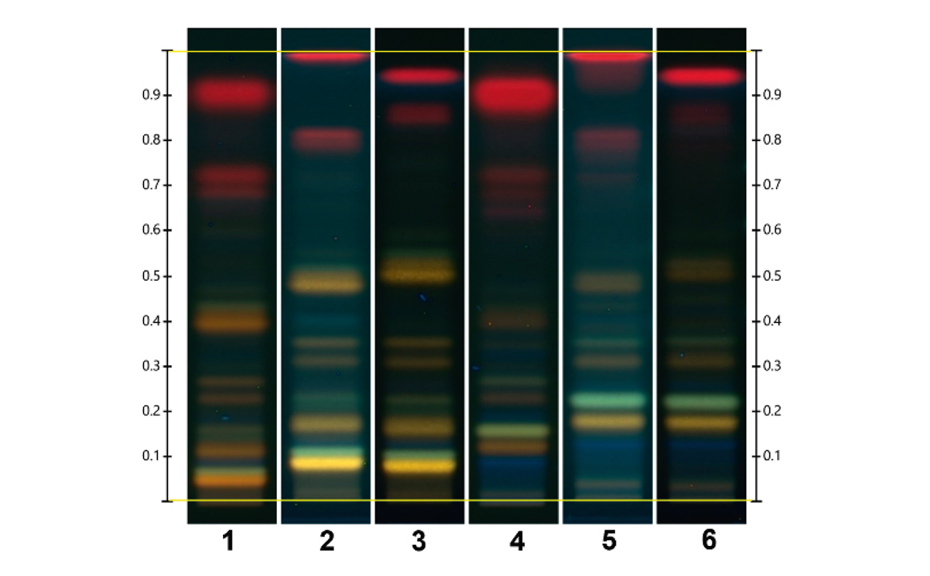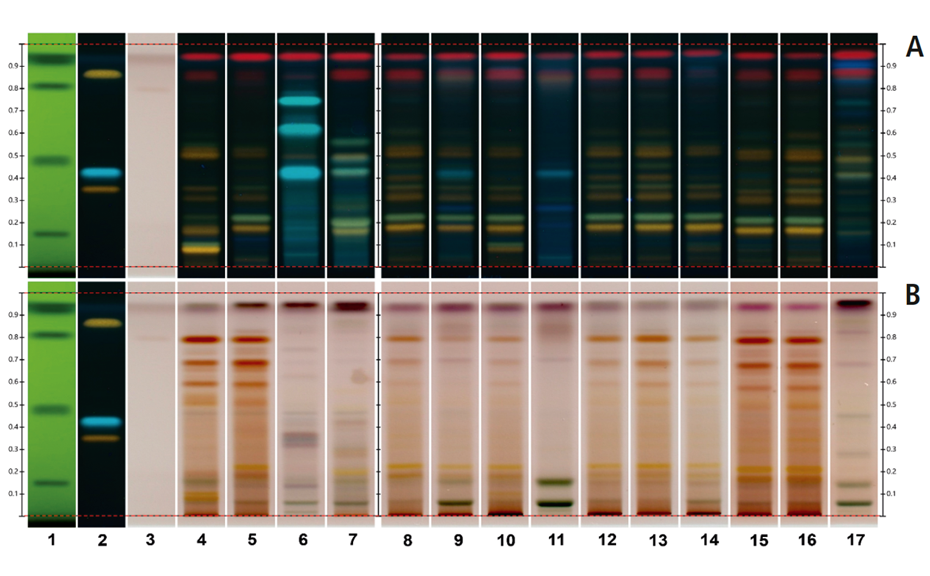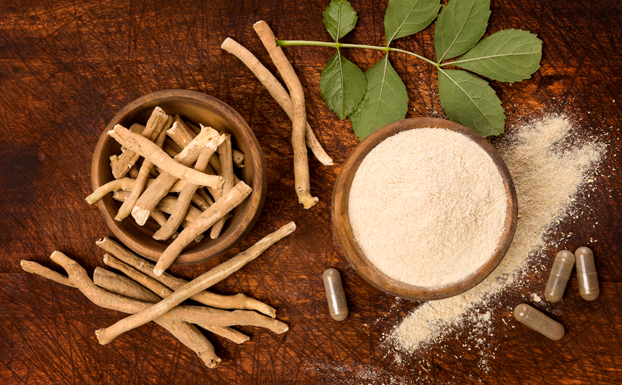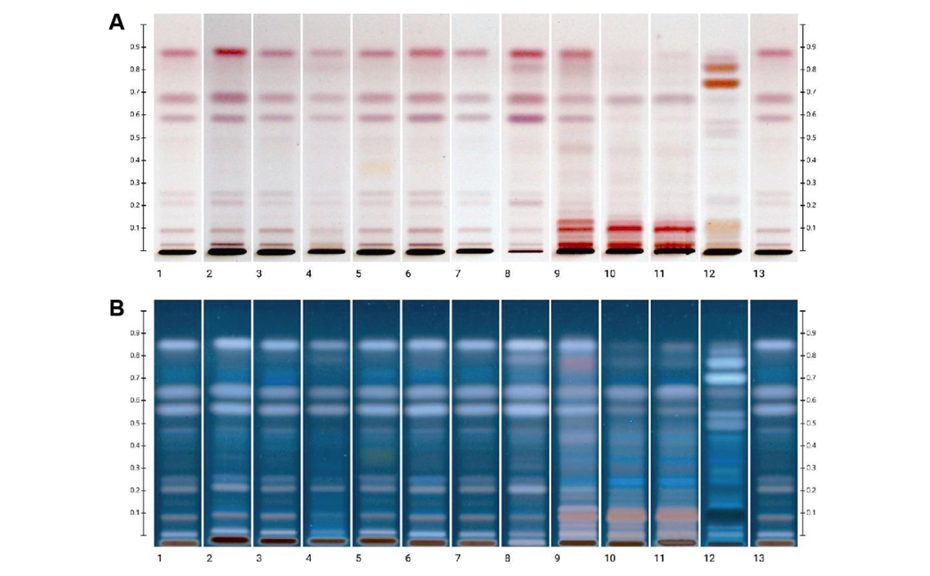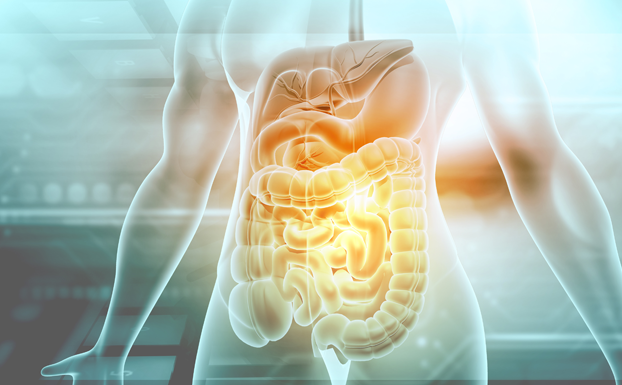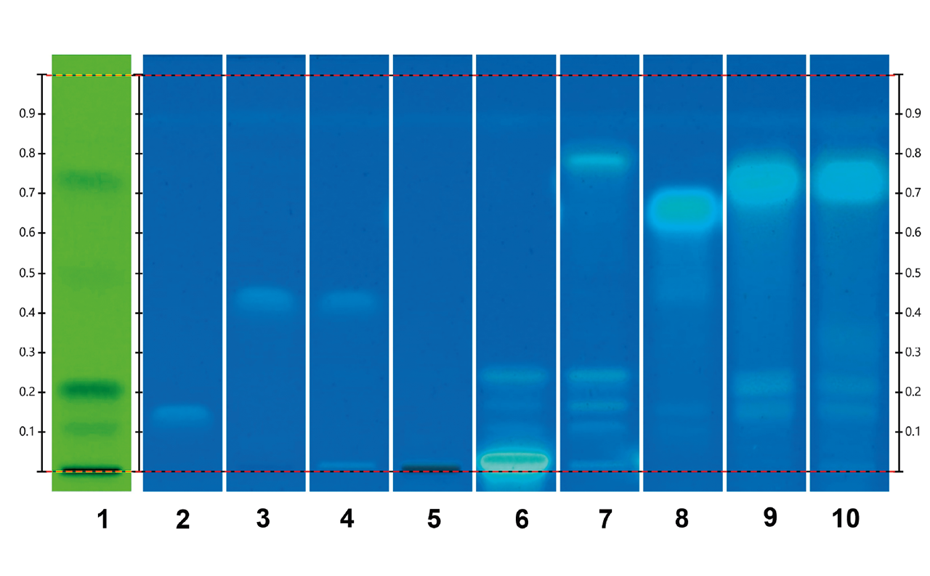Developing HPTLC identification methods for pharmacopoeia monographs
For the past 20 years, CAMAG Laboratory has been a key contributor to pharmacopoeias worldwide, developing identification methods for botanicals, herbal drugs, and extracts. As a pioneer in standard-setting efforts, Dr. Eike Reich played a crucial role as an HPTLC expert in numerous pharmacopoeia committees. Now, as he transitions into retirement, Dr. Reich passes the torch to Dr. Tiên Do and her team, who continue to advance this important work.
Introduction
To effectively support the pharmacopoeia committees, all members of the laboratory undergo extensive training in working with standardized methodologies. Delivering HPTLC methods tailored to the specific requirements of pharmacopoeias involves more than just standardized HPTLC; each scientist must also understand and follow a general method development process. This process encompasses several key stages, illustrated in this paper using the European Pharmacopoeia (Ph. Eur.) monograph on Epimedium leaf as an example.
As the preferred chromatographic technique for the identification of herbal drugs, HPTLC aims to determine a characteristic chromatogram (fingerprint) based on the relative position, color, and intensity of specific zones. According to Ph. Eur., HPTLC must adhere to the Ph. Eur.’s general chapter 2.8.25., which specifies all steps and parameters of the HPTLC process. This document describes in detail the specific points relevant to the development of an HPTLC identification method.
Discussion
Developing a suitable identification method involves several steps:
Step 1: definition
The scope of the method must clearly specify the article (e.g. the medicinal plant) to be identified. In addition to the Latin plant name, the definition should include the accepted plant part(s) and the process by which the article is obtained (drying, cutting, extracting, etc.). Ideally, an identification method is specific for the article of the monograph and distinguishes related articles that may be considered adulterants.
Various monographs on “Epimedium” target the whole or fragmented dried leaf or herb of several species (see table) according to availability in different markets. The Ph. Eur. monograph on Epimedium leaf includes whole or fragmented dried leaf of the major species E. koreanum Nakai, E. brevicornum Maxim., and E. pubescens Maxim., including mixtures thereof.
Acceptance criteria for the herbal drug “Epimedium leaf” must include the selected drugs and exclude all others (e.g. E. sagittatum).
Step 2: collection of samples
Samples of different origins and related species are collected by the pharmacopeia group and distributed to various collaborating laboratories. Each laboratory also collects its own samples. A wide range of samples is crucial to ensure that the method is applicable to routine analysis of market samples.
Step 3: development / evaluation of HPTLC method(s)
Using standard HPTLC conditions, methods from pharmacopoeias are evaluated for reproducibility, practicality, and fitness for purpose. Other methods can also be considered. For Epimedium leaf, several methods have been proposed, each with specific advantages and limitations.
A first proposal was made to the Traditional Chinese Medicine (TCM) Working Party by the Shanghai Institute for Materia Medica (SIMM), using water, formic acid, n-butanol, ethyl acetate 1:1:3:6 (V/V/V/V) as developing solvent. During the peer review in our laboratory, the RF values were lower and the colors of zones slightly different.
This prompted us to optimize sample preparation, developing solvents, and detection, based on a previously established method for separation of flavonoids, using ethyl acetate – formic acid – water 8:1:1 (V/V) and derivatization with NP/PEG reagents.
SMOOTH & PRECISE OPERATION
-
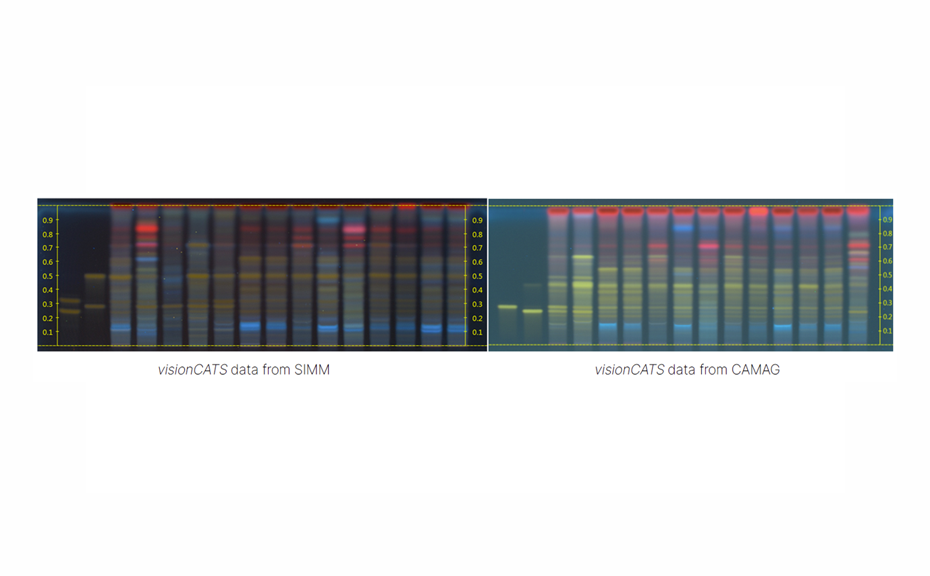
01
Evaluation of the first proposal
-
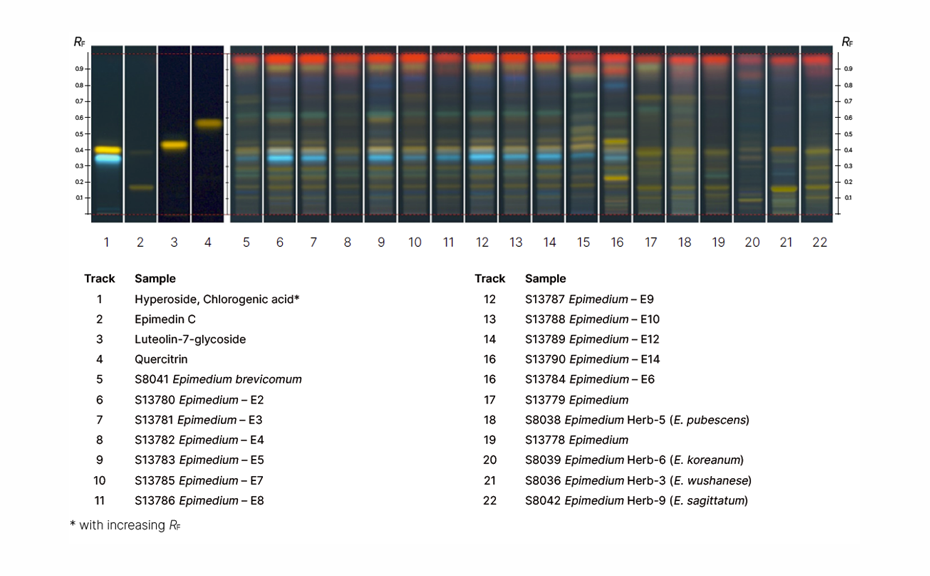
02
Second proposal
In parallel, a third method with good reproducibility, using ethanol – ethyl acetate – water 2:1:8 (V/V) was developed for consideration by the United States Pharmacopoeia by the Korean group led by Prof. Jang (Kyung Hee University). For compliance with Ph. Eur. Chapter 2.8.25, we included a System Suitability Test (SST) and intensity markers.
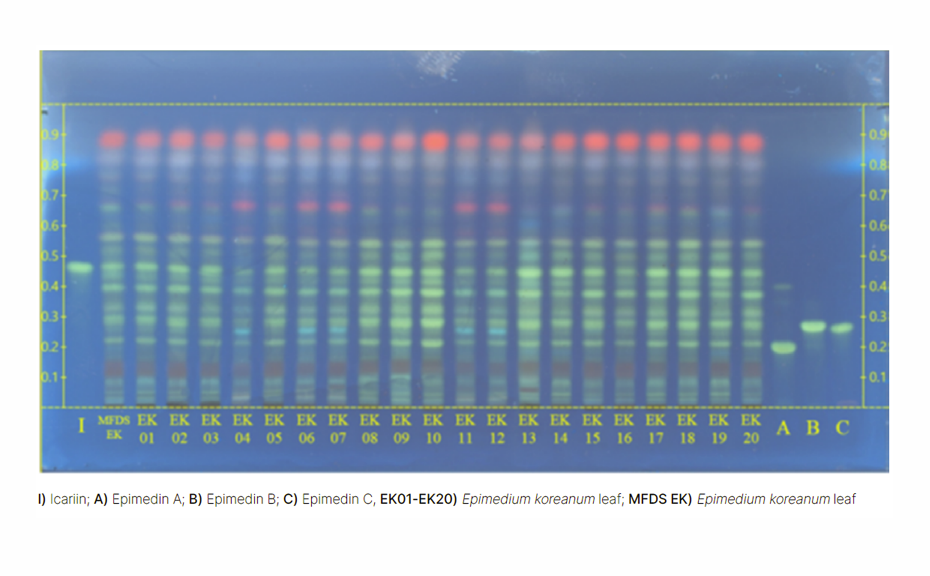
Third proposal
Third proposal
Step 4: method selection and acceptance criteria definiton
In several iterations, the experts compare the submitted proposals and reach agreement on the most suitable one. With this method, multiple samples are analysed, and the results are described in table format. The data is included in the monograph and published for public comment. In the case of Epimedium leaf, species can be clearly discriminated. The result table describes only the features common to the species covered by the monograph.
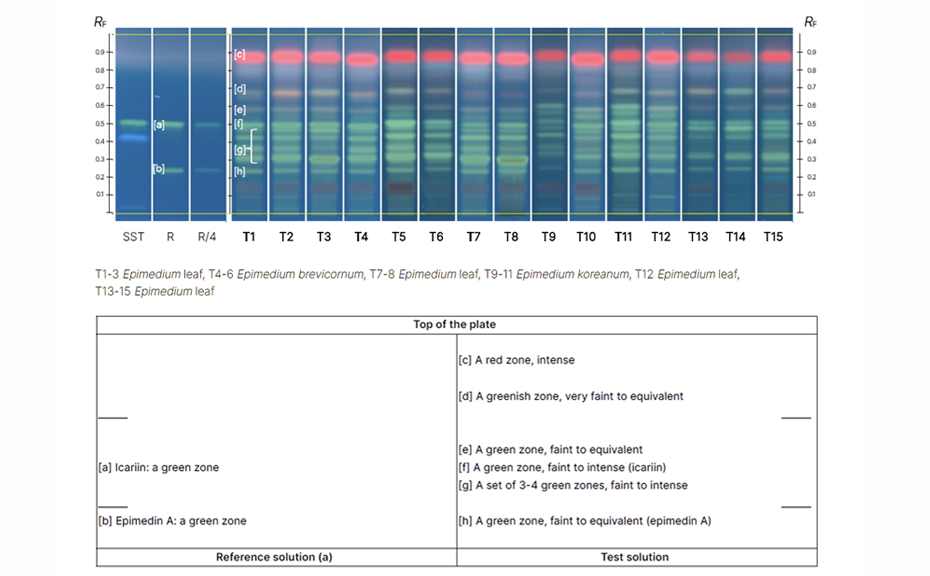
Data included in the monograph and published for public comment
Data included in the monograph and published for public comment
Step 5: public comments and finalization of method
Comments received from various stakeholders are reviewed by the expert committee before the monograph is presented to the pharmacopoeia commission for adoption. After publication in the Ph. Eur., the HPTLC fingerprints are shown in the EDQM knowledge database.
For CAMAG Laboratory, the involvement in the development and refinement of HPTLC methods not only contributes to global pharmacopoeia standards but also strengthens the scientific rigor and consistency in the identification of herbal drugs. The ongoing collaboration with international groups ensures that these methods are both practical and scientifically sound.
Contact: Dr. Tiên Do, Sonnenmattstrasse 11, 4132 Muttenz, Switzerland, tien.do@camag.com

